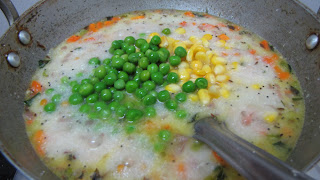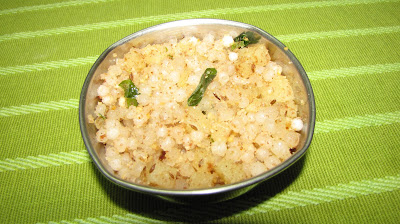Dal tadka is the seasoned lentil soup used as an accompaniment with steamed rice. This is a comfort food for most north Indians and are kid friendly. My 2 years old niece loves it and we were overwhelmed to see her eat something with enthusiasm. It is simple, healthy and yummy; it goes well with any dry subji or papad or even pickle.
Ingredients:
1. Tuvar
dal – 1 cup
2. Moong
dal – ¼ cup
3. Turmeric
powder – 1/2 tsp
4. Salt
as per taste
5. Ghee
– 1 tbsp
6. Asafoetida
– 1 pinch
7. Cumin
seeds – 1 tsp
8. Dry
chilies – 2
9. Kasoori
methi – 1 tbsp
10. Curry
leaves – 1 sprig
Method:
Step 1: Wash and pressure cook
the dals with some salt and turmeric.
Step 2: Heat ghee in a pan and
splutter cumin seeds in it, sprinkle asafoetida, add broken dry chilies and kasoori
methi and curry leaves.
Step 3: Add dal to the tadka and
mix water depending on consistency required; adjust salt, spice and boil for 1
minute. Turn off heat.
Step 4: Squeeze lemon and serve
hot with rotis or rice.







